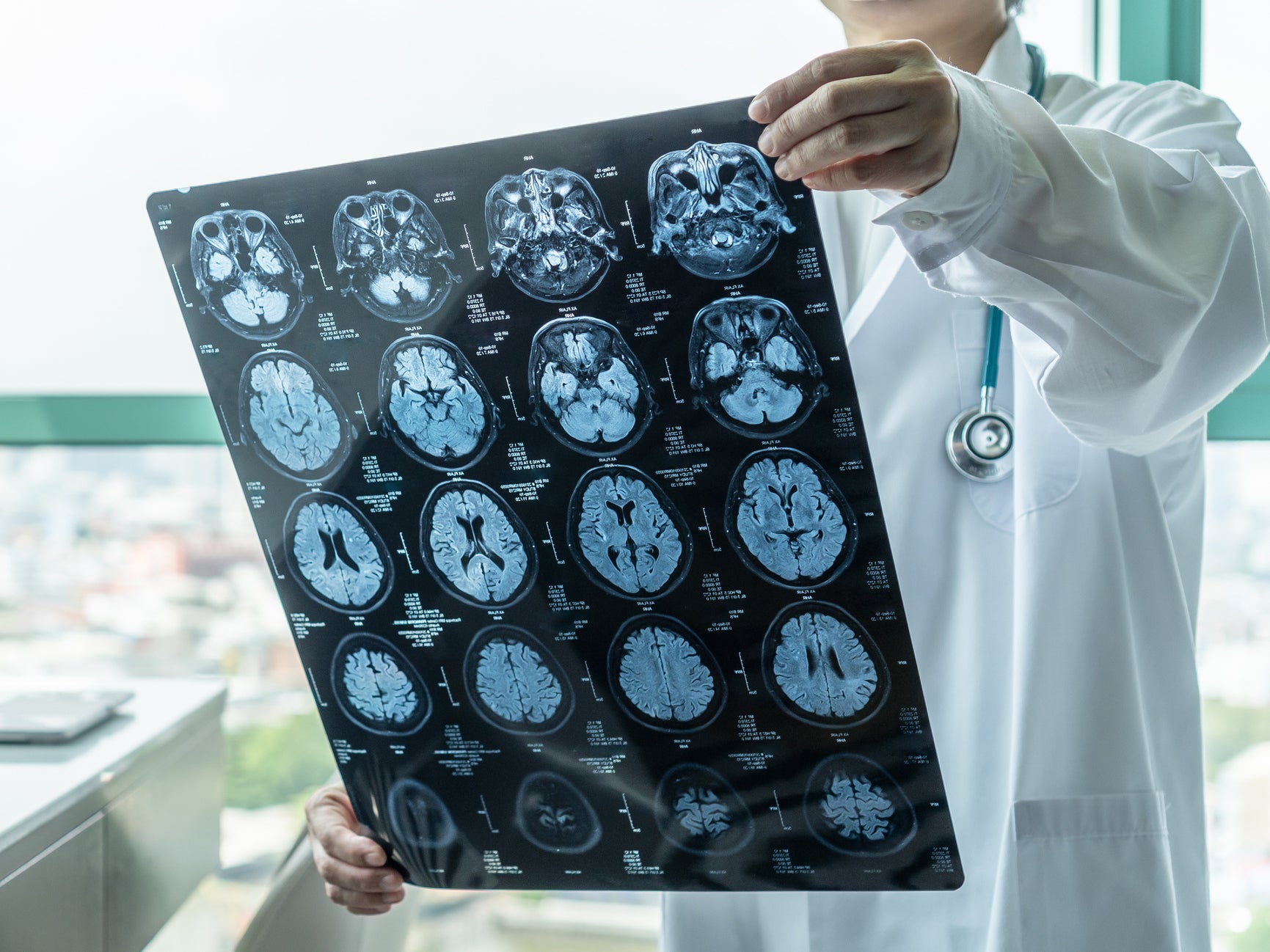What is a mini stroke and what are the symptoms?
Dr Sean Conley, the physician for US president Donald Trump, has denied claims that the US president suffered a series of mini strokes

Your support helps us to tell the story
From reproductive rights to climate change to Big Tech, The Independent is on the ground when the story is developing. Whether it's investigating the financials of Elon Musk's pro-Trump PAC or producing our latest documentary, 'The A Word', which shines a light on the American women fighting for reproductive rights, we know how important it is to parse out the facts from the messaging.
At such a critical moment in US history, we need reporters on the ground. Your donation allows us to keep sending journalists to speak to both sides of the story.
The Independent is trusted by Americans across the entire political spectrum. And unlike many other quality news outlets, we choose not to lock Americans out of our reporting and analysis with paywalls. We believe quality journalism should be available to everyone, paid for by those who can afford it.
Your support makes all the difference.Dr Sean Conley, the physician for US president Donald Trump, has denied claims that the US president suffered a series of mini strokes, stating that the politician is “fit to execute the duties of the presidency”.
In a new book titled Donald Trump v The United States, author and New York Times reporter Michael Schmidt claimed that Trump experienced several mini strokes last November, alleging that vice president Mike Pence was put on standby in the event of the president being anaesthetised.
Dr Conley quashed the claims, stating: “I can confirm that president Trump has not experienced nor been evaluated for a cerebrovascular accident (stroke), transient ischemic attack (mini stroke), or any acute cardiovascular emergencies, as have been incorrectly reported in the media.”
A mini stroke has similar symptoms to a full, life-threatening stroke, although they do not last for as long.
Nonetheless, if a person experiences a mini stroke, it is essential that they quickly seek medical treatment.
What is a mini stroke?
A mini stroke, otherwise known as a “transient ischaemic attack” (TIA), occurs when blood supply to the brain is blocked.
This happens when a clot is disrupting the blood supply, the Stroke Association explains, which prevents oxygen-rich blood from making its way to the brain.
When the clot is no longer in the way, symptoms will stop.
While a mini stroke may cause symptoms that are similar to a stroke, “the effects last a few minutes to a few hours and fully resolve within 24 hours”, the NHS states.
Even if symptoms do not last for long, it is still important that you receive medical attention.
What are the symptoms?
The symptoms for a TIA are the same as the main signs of a stroke, which can be checked using the acronym FAST, with the letters standing for: Face, Arms, Speech and Time.
As the acronym denotes, signs of a mini stroke may include weakness or numbness of the face, arms and slurred speech.
The T in FAST, which stands for Time, is a reminder to call 999 in the event of a stroke or mini stroke.
The Stroke Association outlines that when a person experiences a stroke or a mini stroke, they may also experience “sudden weakness or numbness on one side of the body, including legs, hands or feet”, impaired vision, sudden memory loss, dizziness and a severe headache.
What causes it?
A mini stroke occurs when blood supply to the brain is temporarily cut off.
Certain lifestyle factors may increase a person’s risk of suffering from a TIA, including if they are a smoker, have high blood pressure, are obese, have diabetes or have high cholesterol levels.
The NHS adds that individuals who are over the age of 55 and people who are of Asian, African or Caribbean descent have an increased likelihood of experiencing a mini stroke.
How is it treated?
When a person suffers a mini stroke, they may assume there is no need for medical attention if their symptoms wear off quickly.
However, the NHS stresses that it is vital to seek treatment “to help prevent another TIA or a full stroke happening in the future”.
The Stroke Association adds that a mini stroke should be regarded as “a medical emergency, the same as a stroke”.
“If you spot the signs of a TIA or stroke, call 999. Don’t wait to see if the symptoms pass,” the organisation says.
If you are waiting for an ambulance and your symptoms subside, it is still important that you receive medical treatment.
“You should be referred to see a specialist within 24 hours of the onset of your symptoms,” the NHS states.
If you have suffered a TIA, you will be advised by a medical professional on changes you can make in your everyday life to reduce your risk of experiencing another one, the health service says.
You may be recommended a blood-thinning medication, which may reduce the probability of another clot developing in future, the Stroke Association says.
“If the clot came from the heart because of a condition like atrial fibrillation, you may be given an anticoagulant. This slows down the formation of clots in your blood,” the organisation outlines.
“If you have a blocked artery in your neck (carotid artery) you might be offered surgery to clear the blockage.”
How can a mini stroke be prevented?
If you have experienced a mini stroke, then you will be at higher risk of suffering another mini stroke or a full stroke in future.
Certain courses of action can be taken in your everyday life to reduce your risk of experiencing a TIA, the NHS states.
These include: exercising regularly, not drinking excessive amounts of alcohol, not smoking, eating a healthy diet and staying at a healthy weight.
Join our commenting forum
Join thought-provoking conversations, follow other Independent readers and see their replies
Comments